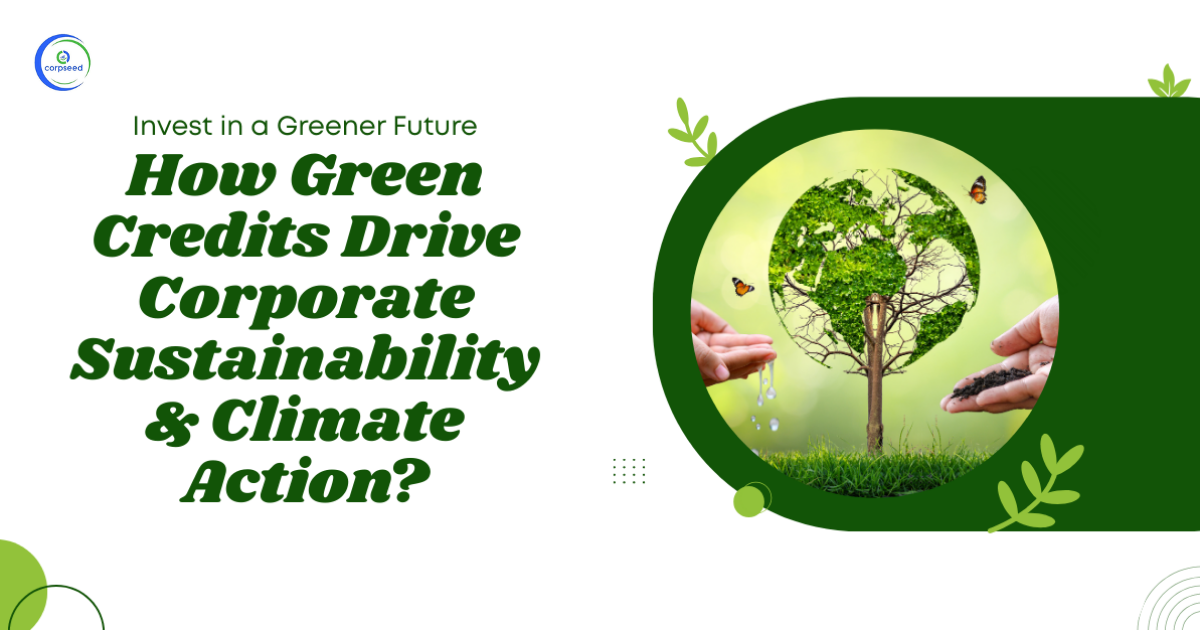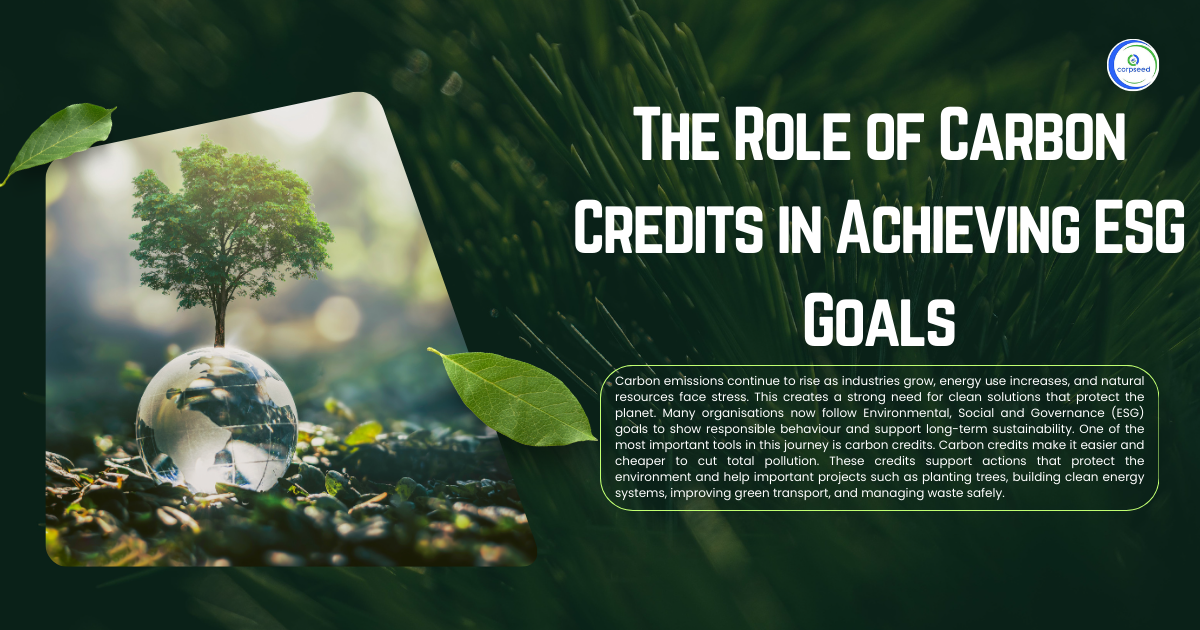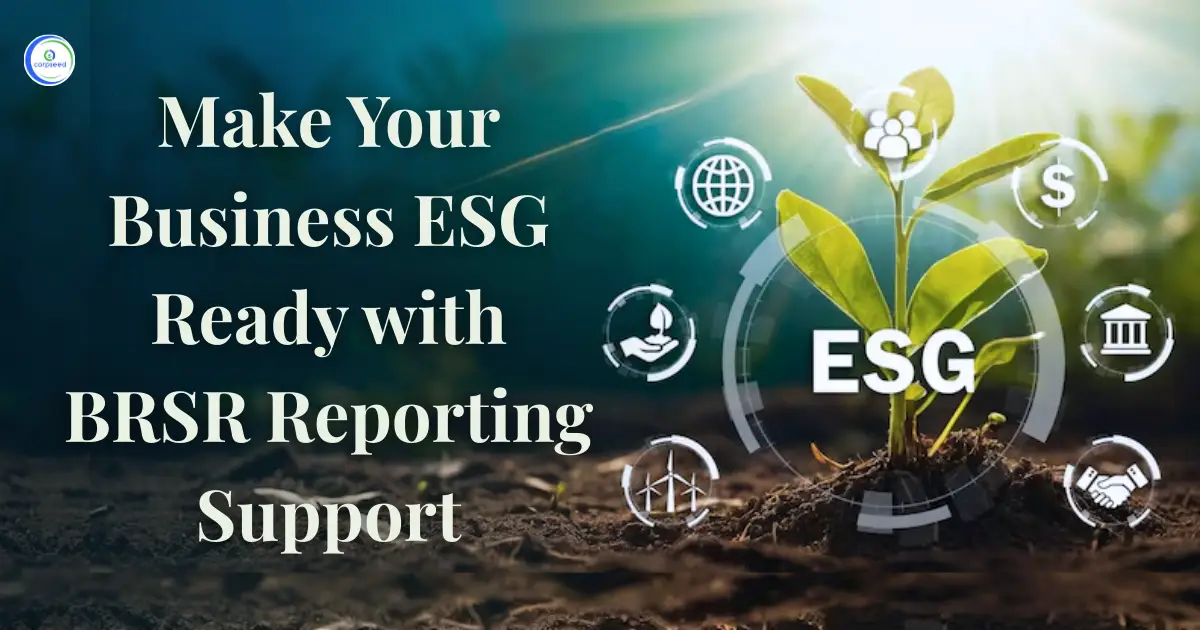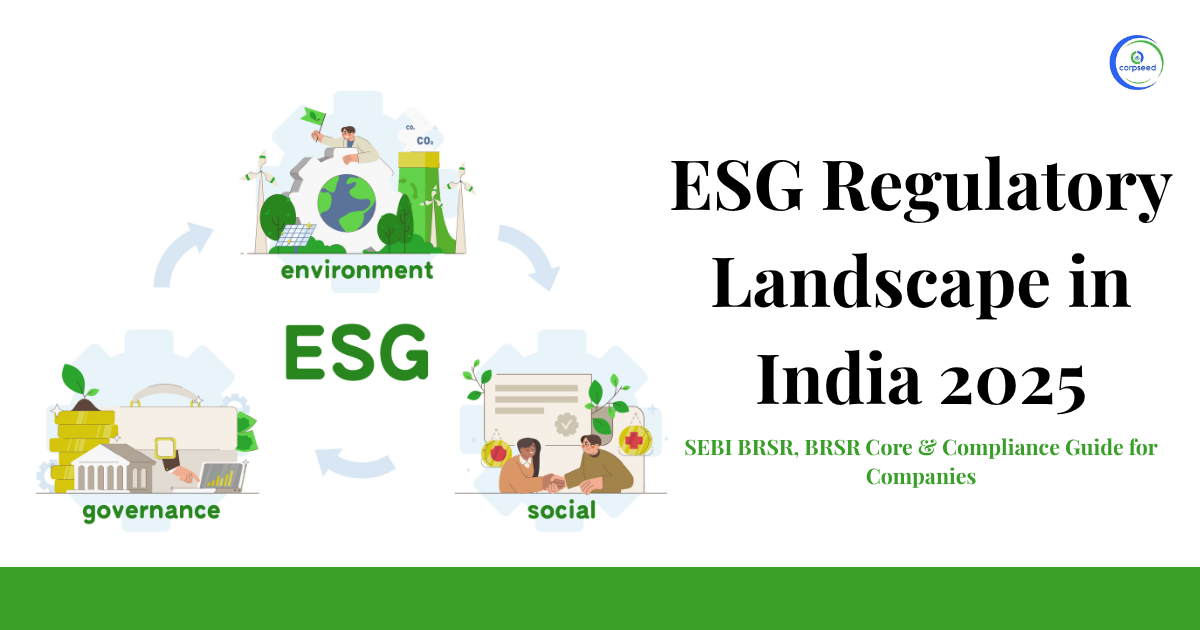An outline of Greenhouse Gases (GHG)
Similar to the functions of what a greenhouse performs, the Earth tends to be turning into a huge space of Greenhouse along with Gases that facilitate the effect. A Greenhouse is a place ideally built for plants to grow which is made entirely of glass, even glass roofs! Plants are offered the most suitable growing conditions here. Sunlight is allowed to enter through glass panels however the heat generated does not leave. The heat further creates a sustainable environment for these plants to grow by keeping them warm. The process is facilitated by greenhouse gases that absorb heat and radiation enabling the place to remain warm.
Table of Contents
--------------Blog Contact Form-------------
This is known as the Greenhouse effect. The earth is going through the same phenomenon. Sunlight reaches the earth’s surface by passing through its atmosphere to keep it warm. Due to the existence of a few gases, most of the radiation from the sun is absorbed by these gases which in turn prevent the heat to escape and ultimately increase the temperature of the earth. Following are a few examples of gases that are responsible for this process-
- Carbon Dioxide (CO2)
- Methane (CH4)
- Nitrous Oxide (N2O)
- Water Vapor (H2O)
- Ozone (O3)
- Chlorofluorocarbons (CFC)
These Greenhouse Gases overall pose a benefit to the environment however due to increased human interference and the advent of a commercialized era, these emissions of these gases result in excess trapped heat which results in Global warming. India has formulated a few Environmental Regulations in order to contain the emissions of Greenhouse gases. These laws lay down strict provisions as they promote the decrease of the harmful emissions of these gases. A few of them are as follows-
- The Wildlife (Protection) Act, 1972
- The Water (Prevention and Control of Pollution) Act, 1974
- The Air (prevention and control of pollution) act, 1981
- The Environment (Protection) Act, 1986
- The ozone-depleting substances (regulation and control) Rules, 2000.
- Coastal Regulation zone notification 2018:
- The energy conservation act, 2001
- Biological Diversity act 2002
- Scheduled Tribes and Other Traditional Forest Dwellers (Recognition of Forest Rights) Act, 2006 (FRA)
- The National Green Tribunal Act, 2010
- Compensatory Afforestation Fund Act, 2016
Read Our Blog: Environmental Protection Act, 1986
What Are The Sources Of Greenhouse Gases?
- Volcanoes, the breathing of living things, the degradation and combustion of organic stuff, etc. are examples of natural sources of GHGs.
- GHG concentrations naturally exist and are balanced in the atmosphere due to a variety of physical, chemical, or biological processes, such as natural sinks for CO2 and terrestrial plants.
- The amount of greenhouse gases existing in the atmosphere has significantly increased as a result of the industrial revolution and human interference.
- The burning of fossil fuels, including coal, petroleum, and natural gas, is the primary cause of the atmosphere's rising carbon dioxide levels.
- The higher levels of carbon dioxide have also been adding to urbanisation, deforestation, and soil erosion.
- Increased methane is produced by a number of industries, as well as solid and wastewater management. The production of rice as well as significantly boosted greenhouse gas emissions.
What Is The Greenhouse Effect?
The greenhouse effect is the mechanism responsible for Earth's higher temperature than it otherwise would be. These heat-radiating gases also referred to as greenhouse gases, take in the energy that the Earth radiates into space and reflect some of it back to the planet. Around 26% of the energy received by the Earth from the Sun is reflected back into space by the atmosphere and clouds. Around 19% of it is absorbed by the atmosphere.
The Earth's surface is heated by the remainder as it touches the ground. Infrared waves are radiated from the earth as a result of this absorbed energy. The atmosphere above the Earth warms up due to these rays. This energy that the atmosphere receives from the Earth is once again radiated both upward and downward. It is impossible for life on Earth to exist without the greenhouse effect but as rightly said nothing of too much is good. Since the emissions continue to rise, the absorption of heat and radiation trapped results in the earth’s service getting hotter and unsafe. The phenomenon that occurs due to the increased heat trapped inside the earth leads to today’s greatest environmental problem- Global Warming.
What Is Net Zero Emission And Why Is It Important?
India is a country that contributes to the most Carbon Dioxide emissions in the world after China, the United States of America, and the EU. Combating climate change is a critical priority for all countries, from governments and businesses to individuals, and reaching net zero is one way we can contribute to this.
The Paris Agreement, a historic agreement reached at the United Nations Climate Change Conference (COP21) to reduce greenhouse gas emissions, is credited with popularising the idea of net zero greenhouse gas emissions. Approximately 200 nations came to an agreement at the Watershed meeting to achieve a balance between human emissions by sources and sinks of greenhouse gases. Or, achieve net zero emissions. The Intergovernmental Panel on Climate Change's report on limiting global warming to 1.5°C in 2018. For the world to have a chance of avoiding the disastrous effects of exceeding the 1.5°C threshold, the UN climate science panel stated that global carbon dioxide emissions must decline by around 45% by 2030 and to net zero by 2050. Countries that are on the road to achieving net zero are-
- UK
- Germany
- France
- Switzerland
- New Zealand
- Iceland
- Austria
- Denmark
- Spain
Focusing on improving the conditions of the environment and reducing emissions. The idea underlies reaching net zero, which calls for humans to strike a balance between the number of greenhouse gases we produce and the amount we absorb. We attain net zero when the sum of our additions and subtractions equals zero. Net Zero would establish the lowered amount of Carbon emissions into the environment. The major goals of the idea are as follows-
- Carbon Dioxide (CO2) must reach net zero between 2044 and 2052 and total GHG emissions must reach net zero between 2063 and 2068 in scenarios that restrict global warming to 1.5 degrees Celsius.
- Reducing all GHG emissions released by human activities must be counterbalanced by removing GHGs from the atmosphere in a process that is known as carbon removal.
- The remaining GHGs in the atmosphere should be balanced with carbon removal, which can be achieved through activities like restoring forests or using Direct Air Capture and Storage (DACS) technology.
- Reducing greenhouse gas emissions as much as feasible, with any leftover emissions being reabsorbed from the atmosphere, for example by oceans and forests.
- Advanced economies shall be encouraged to be the first to achieve net zero emissions. By reaching universal access to energy by 2030 and significant improvements in air quality, this scenario shall also satisfy important energy-related Sustainable Development Goals (SDGs).
- Through photosynthesis, plants take in CO2 as they expand. Faster-growing plants will absorb more carbon dioxide from the environment hence afforestation which is the act of planting additional trees and reforestation are two of the simplest and most efficient methods for reducing emissions, and replacing forest that has been lost or thinned). Direct air capture and Bioenergy with Carbon Capture and Storage (BECCS) are two technical alternatives.
What Are The Challenges To The Net Zero Plan?
As encouraging and beneficial as the idea seems to be in the long run, practically achieving the target is difficult for countries. Each nation has set up its target to reach its net zero goal and as far as India is concerned, the following are the roadblocks the country faces-
- India just declared a net zero aim, although there are currently no clear sectoral targets, short-term milestones, or benchmarks to achieve the same.
- Inventing a whole new process that aims at progress without causing secondary damage is difficult.
- The need for this new system arises at a time when the nation is home to some of the most polluted cities in the world and heavily contributes to deaths from pollution.
- India faces a problem of a lack of finance and upcoming technology to implement this idea.
- Ensuring fair and equal growth and that the nation's impoverished don't lose their right to advancement in this renewable power future will be challenging.
- According to an estimate, 68% of India’s greenhouse gas emissions come from energy production, which remains largely reliant on coal power plants. Given coal’s centrality to the country’s power, it will be difficult to completely displace it with renewable energy.
How Can Countries Contribute To Reaching Net Zero?
- The shift to net-zero emissions by the middle of the century falls primarily on the shoulders of governments. In order to achieve net zero, businesses, investors, cities, governments, and regions must also keep their pledges. Stronger and more precise rules for net-zero emissions promises by non-State businesses were created by a high-level expert group that the UN Secretary-General called together.
- Since the Paris Agreement was adopted in 2015, non-State players from the corporate and financial sectors, as well as from local governments and regions, have made an increasing number of net-zero pledges. A growth of standards and benchmarks for establishing net-zero commitments with varied degrees of resilience has accompanied the increase in pledges.
- By 2030, India aims to generate nearly half of its total installed electric power capacity from sources other than fossil fuels.
- Taking small initiatives would lead to a visible change. Coal, oil, and gas are major sources of our country's electricity and heat. Reduce your heating and cooling, use energy-efficient electric appliances and LED light bulbs, wash your clothes in cold water, and hang things to dry instead of using a dryer to save energy.
- Consuming more fruits and vegetables, whole grains, legumes, nuts, and seeds while consuming less meat and dairy can have a large positive influence on the environment. In general, producing plant-based foods uses less energy, water, and land and produces fewer greenhouse gas emissions.
This portion of the site is for informational purposes only. The content is not legal advice. The statements and opinions are the expression of author, not corpseed, and have not been evaluated by corpseed for accuracy, completeness, or changes in the law.
BOOK A FREE CONSULTATION
Get help from an experienced legal adviser. Schedule your consultation at a time that works for you and it's absolutely FREE.









